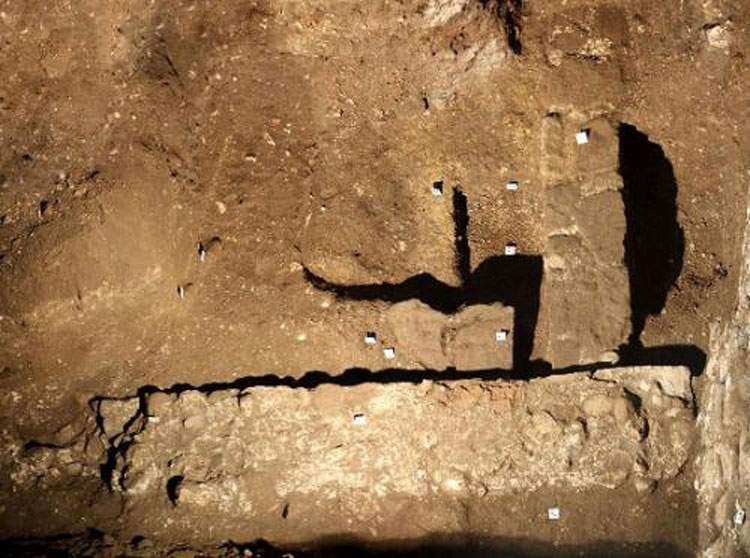Important remains of Roman and medieval buildings crop up in Udine
During restoration work in the Dorta Palace in Udine, ancient evidence, such as structures of buildings dating back tomedieval andRoman times, was uncovered. These are two wall structures at right angles to each other, of which only the foundation is preserved, discovered at a depth of about 2.5 meters in an internal area of the palace. It was possible to date them to theRoman Republican period (1st century BC - 1st century AD) due to the presence of amphora fragments. They could be related to the Roman-era settlement traces discovered last August during conservation rehabilitation work on nearby Mercatovecchio Street, which were clearly documented for the first time in the center of Udine.
Archaeological investigations have also revealed evidence since the first weeks that can be traced back to structures of an earlier palace from the late medieval and Renaissance periods, which were destroyed in a violent fire; there is clear evidence of charcoal and ash. The ongoing study of two coins will allow for more precise dating of the event. A completely intact vase was also discovered in a hole close to a load-bearing wall-a rare occurrence in an archaeological context, especially if, as in this case, a fire devastated the ancient building.
These discoveries constitute novelties of great historical interest.
 |
| Important remains of Roman and medieval buildings crop up in Udine |
Warning: the translation into English of the original Italian article was created using automatic tools. We undertake to review all articles, but we do not guarantee the total absence of inaccuracies in the translation due to the program. You can find the original by clicking on the ITA button. If you find any mistake,please contact us.





























